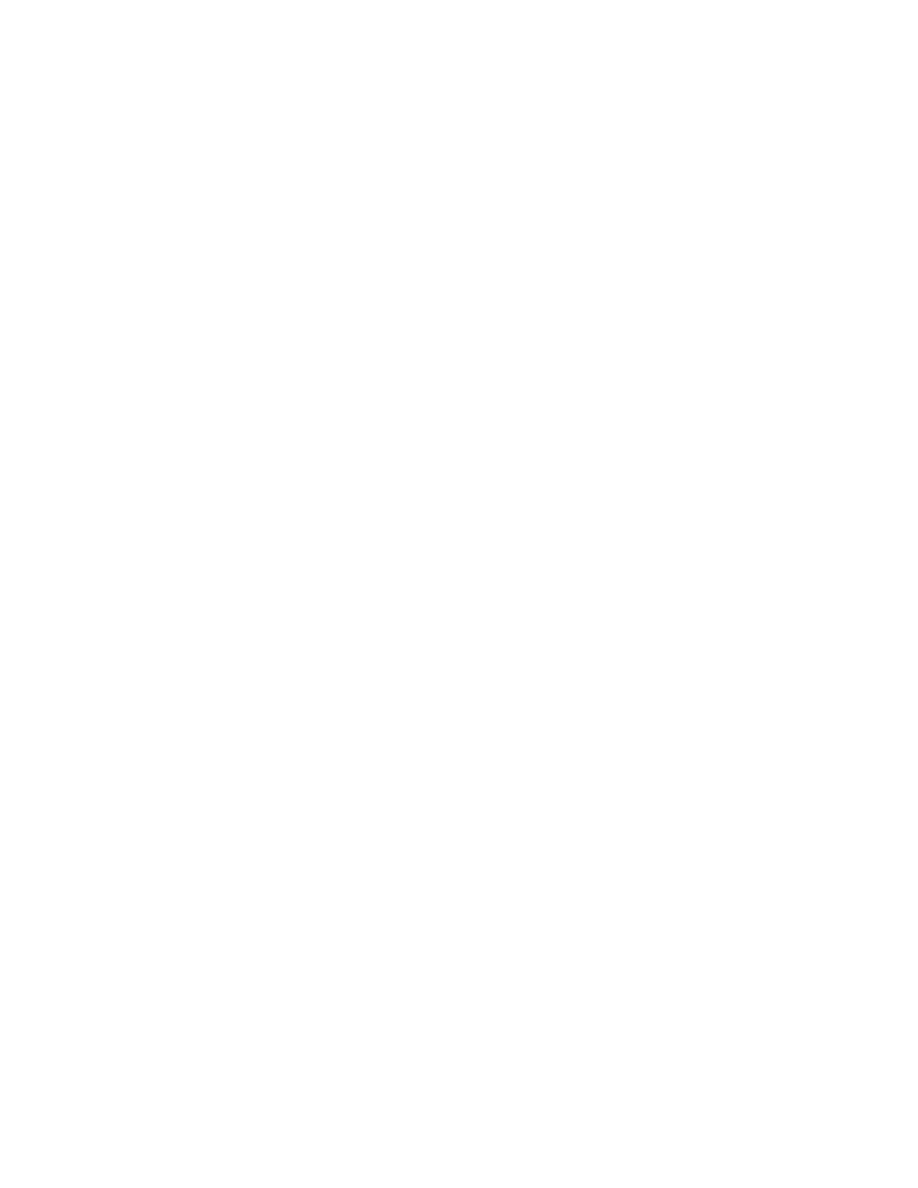
216
14 CFR Ch. I (1–1–14 Edition)
§ 23.369
resulting from the failure of the crit-
ical engine including the following con-
ditions in combination with a single
malfunction of the propeller drag lim-
iting system, considering the probable
pilot corrective action on the flight
controls:
(1) At speeds between
V
MC
and
V
D,
the
loads resulting from power failure be-
cause of fuel flow interruption are con-
sidered to be limit loads.
(2) At speeds between
V
MC
and
V
C,
the
loads resulting from the disconnection
of the engine compressor from the tur-
bine or from loss of the turbine blades
are considered to be ultimate loads.
(3) The time history of the thrust
decay and drag buildup occurring as a
result of the prescribed engine failures
must be substantiated by test or other
data applicable to the particular en-
gine-propeller combination.
(4) The timing and magnitude of the
probable pilot corrective action must
be conservatively estimated, consid-
ering the characteristics of the par-
ticular engine-propeller-airplane com-
bination.
(b) Pilot corrective action may be as-
sumed to be initiated at the time max-
imum yawing velocity is reached, but
not earlier than 2 seconds after the en-
gine failure. The magnitude of the cor-
rective action may be based on the
limit pilot forces specified in § 23.397
except that lower forces may be as-
sumed where it is shown by analysis or
test that these forces can control the
yaw and roll resulting from the pre-
scribed engine failure conditions.
[Amdt. 23–7, 34 FR 13089, Aug. 13, 1969]
§ 23.369
Rear lift truss.
(a) If a rear lift truss is used, it must
be designed to withstand conditions of
reversed airflow at a design speed of—
V=8.7
√
(W/S) + 8.7 (knots), where W/
S=wing loading at design maximum
takeoff weight.
(b) Either aerodynamic data for the
particular wing section used, or a value
of
C
L
equalling ¥0.8 with a chordwise
distribution that is triangular between
a peak at the trailing edge and zero at
the leading edge, must be used.
[Doc. No. 4080, 29 FR 17955, Dec. 18, 1964, as
amended by Amdt. 23–7, 34 FR 13089, Aug. 13,
1969; 34 FR 17509, Oct. 30, 1969; Amdt. 23–45, 58
FR 42160, Aug. 6, 1993; Amdt. 23–48, 61 FR
5145, Feb. 9, 1996]
§ 23.371
Gyroscopic and aerodynamic
loads.
(a) Each engine mount and its sup-
porting structure must be designed for
the gyroscopic, inertial, and aero-
dynamic loads that result, with the en-
gine(s) and propeller(s), if applicable,
at maximum continuous r.p.m., under
either:
(1) The conditions prescribed in
§ 23.351 and § 23.423; or
(2) All possible combinations of the
following—
(i) A yaw velocity of 2.5 radians per
second;
(ii) A pitch velocity of 1.0 radian per
second;
(iii) A normal load factor of 2.5; and
(iv) Maximum continuous thrust.
(b) For airplanes approved for aero-
batic maneuvers, each engine mount
and its supporting structure must meet
the requirements of paragraph (a) of
this section and be designed to with-
stand the load factors expected during
combined maximum yaw and pitch ve-
locities.
(c) For airplanes certificated in the
commuter category, each engine
mount and its supporting structure
must meet the requirements of para-
graph (a) of this section and the gust
conditions specified in § 23.341 of this
part.
[Doc. No. 27805, 61 FR 5145, Feb. 9, 1996]
§ 23.373
Speed control devices.
If speed control devices (such as
spoilers and drag flaps) are incor-
porated for use in enroute conditions—
(a) The airplane must be designed for
the symmetrical maneuvers and gusts
prescribed in §§ 23.333, 23.337, and 23.341,
and the yawing maneuvers and lateral
gusts in §§ 23.441 and 23.443, with the de-
vice extended at speeds up to the
placard device extended speed; and
(b) If the device has automatic oper-
ating or load limiting features, the air-
plane must be designed for the maneu-
ver and gust conditions prescribed in
VerDate Mar<15>2010
10:12 Mar 18, 2014
Jkt 232046
PO 00000
Frm 00226
Fmt 8010
Sfmt 8010
Y:\SGML\232046.XXX
232046
pmangrum on DSK3VPTVN1PROD with CFR